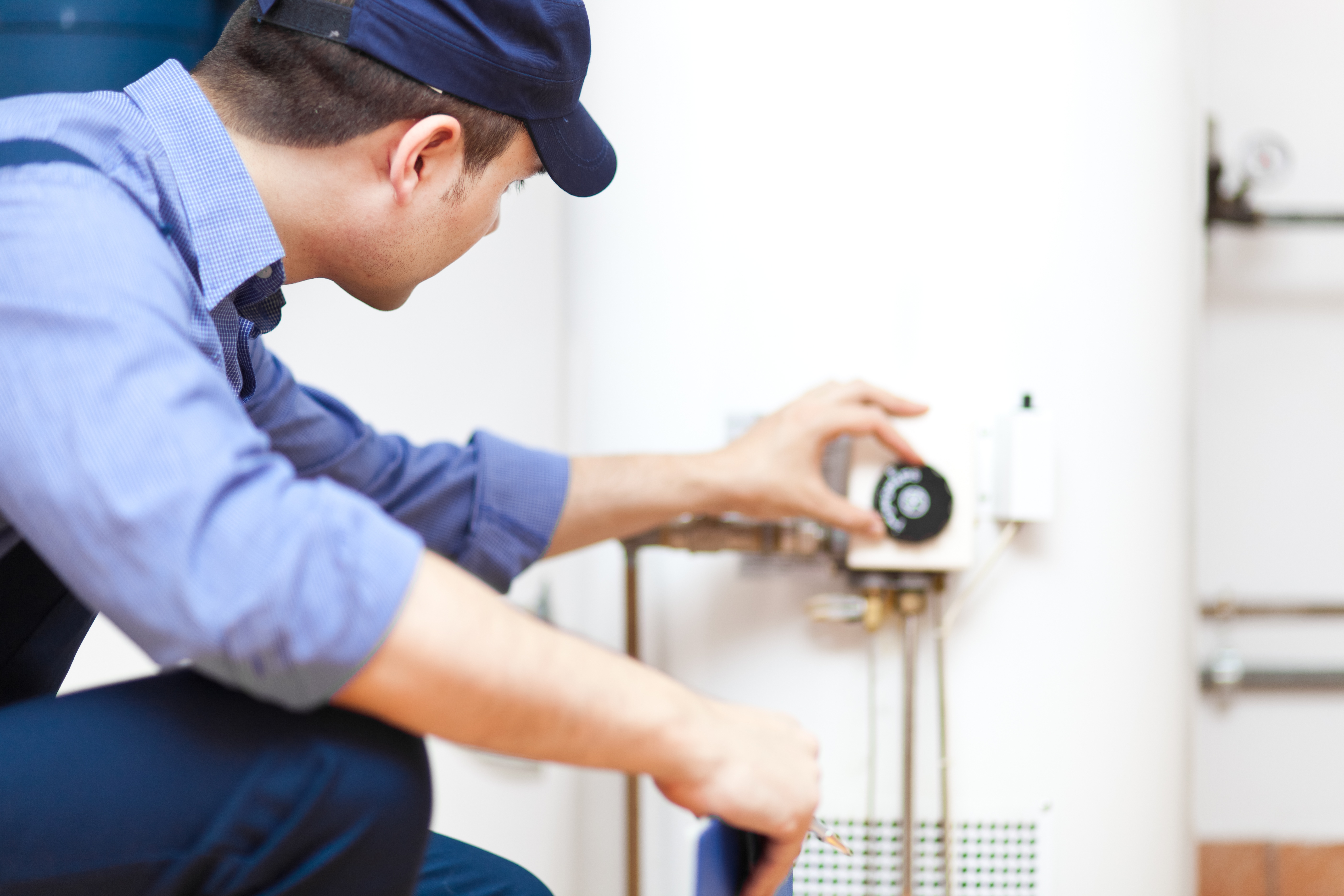When it comes to home appliances, few play as central a role as the water heater. This humble machine must be able to provide on-demand hot water for a wide range of applications, from bathing, to cooking, to washing dishes. In addition, a water heater must be able to stand up to both high internal pressures and huge temperature swings.

A well-maintained water heater can easily withstand such forces for many years. Neglected water heaters, however, may quickly fall into patterns of wear that lead to premature failure. Fortunately, responsible water heater upkeep doesn’t require that much of a homeowner. This article takes a closer look at three common sources of water heater damage, as well as what you can do to prevent them.
Excessive Pressure
Most people would agree that higher water pressures are a good thing—especially in the shower. Unfortunately, excessive pressure levels can wreak havoc on a water heater. Such pressure greatly increases the amount of stress being placed on internal seams, making leaks and even catastrophic tank failures much more likely.
High pressure levels can also damage the internal valves used to regulate the flow of water into and out of your heater. Anode rods may also suffer undue stress and degradation if pressure levels rise too high. Simply put, excessive pressure greatly reduces the lifespan of a water heater, no matter how well it may seem to be working.
The majority of water tanks in use today can withstand maximum pressures up to 150 psi. That’s the pressure at which your tank’s pressure relief valve will automatically open up to prevent itself from blowing sky high. Don’t make the mistake of assuming that all pressures below 150 psi are fair game, however, because they’re not.
To promote optimal longevity—and to prevent damage to your water heater, pipes, and plumbing fixtures—you should limit your pressure to 80 psi at the most. If your heater doesn’t have an in-built pressure monitor, you can purchase an inexpensive gauge at most home improvement stores and attach it to the outlet valve at the bottom of your tank.
Scale Buildup
Most people are familiar with the term hard water, even if they don’t entirely know what it means. Strictly speaking, hard water refers to water that contains more than 120 mg/L of dissolved minerals—mostly calcium and magnesium. The higher the mineral content of water, the more likely you are to suffer from scale.
Scale is a soft white sediment that often builds up around plumbing fixtures. It may also give your dishes a streaky, dull, or otherwise unclean appearance once dry. High mineral content can also reduce the effectiveness of your washing machine, making it harder for laundry detergent to develop the lather necessary to clean your clothes.
While annoying, such issues don’t pose any real threat to your home or appliances—with the major exception of your water heater. The high pressure, high temperature environment inside of a water heater causes scale to precipitate at a much greater rate. Even if your water is relatively soft, over time scale will build up at the bottom of your tank.
This layer of solid minerals creates problems in several ways. First of all, the scale acts as an unintended insulator. Instead of the heat from your tank’s heating coils passing up into the water, the scale absorbs and retains it. This reduces efficiency by increasing the length of time it takes your water heater to reach the desired temperature.
Scale can also have a more destructive effect on your water heater. The heat absorbed by the sediment can overheat and weaken the bottom of your tank, making it more susceptible to damage and failure. For those with electric water heaters, scale may also cause the heating element to grow too hot and burn out, necessitating expensive repairs.
To prevent scale from driving up energy costs and damaging your heater, you must have your tank flushed periodically. During this process, an experienced plumber cools the tank, attaches a hose to the drain valve, and allows the water to flow out into a nearby drain, carrying much of the sediment with it. Often several flushes are needed to remove all of the scale.
Degraded Anode Rod
Without adequate protection, corrosion would soon compromise the structural integrity of a water heater. Eventually corrosion will chew right through a tank’s steel walls, leading to leaks, ruptures, and other highly serious problems. To protect against corrosion, all water heaters contain a component known as the anode rod.
Anode rods consist of a long steel core coated with so-called sacrificial metals, usually some combination of magnesium, aluminum, and/or zinc. As their name would suggest, these metals attract corrosive forces much more readily than the steel of your tank walls. In other words, corrosion will degrade the anode rod, while sparing the water heater itself.
Eventually, however, an anode rod will have suffered all of the corrosion it can bear. Once oxidizing agents have broken down all of the sacrificial metals, only the steel core will remain. Unless a new anode rod is installed, corrosion will once again renew its attack on your tank walls.
There’s no easy way to predict the lifespan of an anode rod, as the chemistry of your particular water supply will greatly effect how rapidly it breaks down. Generally speaking, soft water attacks anode rods much more aggressively than hard water. If you’re unsure how long your current anode rod has been in place, try checking your water heater’s warranty.
Heaters with warranties of six years tend to contain anode rods that will last approximately five years before needing to be replaced. Tanks with ten-year warranties, by contrast, generally have larger anode rods. Some such tanks may even contain multiple anode rods, which will buy you a few more years before needing to have them replaced.
If you have noticed that the water in your home has taken on a brownish hue, then your tank is likely experiencing detrimental corrosion. A fully consumed anode rod likely lies at the heart of the problem. Have a professional inspect—and, if necessary, replace—your anode rod as soon as possible.






